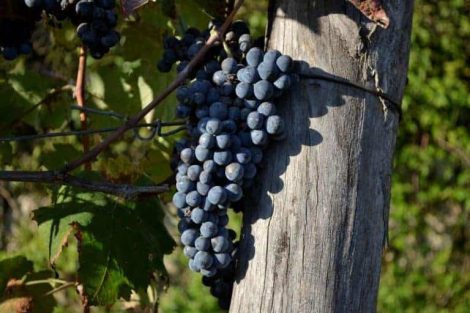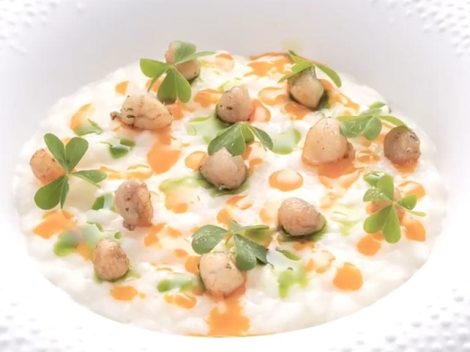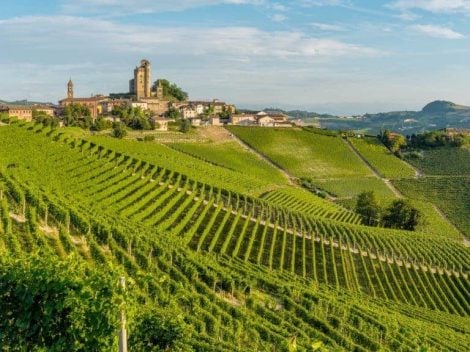by Simona Sirianni
From the Sciuscillone of Salerno to the Diavolicchio of Calabria, the number of specialties saved from extinction has reached a record 1,650 thanks to the efforts of 750 "guardian" farmers of Italy's traditional agricultural heritage. Because of these individuals, over half of whom are under 40 years old and 15% are under 30, many products that were at risk of being lost forever have been recovered and brought back to our tables.
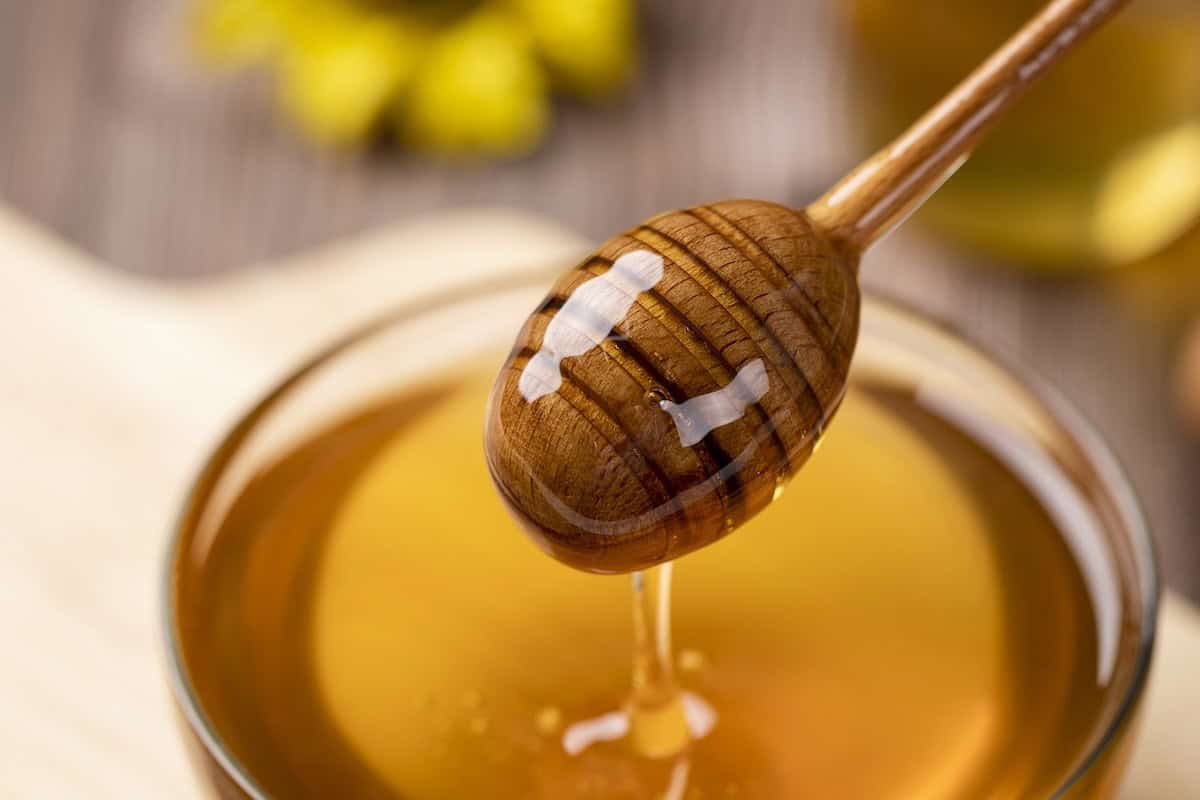
The Made in Italy heritage saved from extinction
The 2024 census by the Biodiversity Observatory, presented at the Coldiretti Village in Venice, revealed these findings. The exhibition showcased some of the rescued products: fiadoni, a typical baked product in the shape of a ravioli, made with a dough of eggs, oil, white wine, and flour, and filled with Pecorino cheese or ricotta; the white bean of Rotonda from Basilicata, consumed fresh in green pods known as "vaiane" or "green beans," or dried, which is more aromatic.
The Diavolicchio chili from Calabria, with such dense clusters that it requires support to hold the plant's weight, and the sweet Sciuscillone pepper, named after carobs which are called “sciuscelle” in the Teggiano dialect due to their similar shape.
Moreover, the Nobile Pear of Parma in Emilia Romagna, an ancient variety that Duchess Maria Luigia of Austria loved so much that she requested its use in tortelli filling. The Çuç di mont, an alpine cheese from Friuli Venezia Giulia, the Farro del Pungolo from Acquapendente in Lazio, and the Pernambucco orange from Liguria, an early-ripening citrus perfect for jams, juices, distillates, and candied fruit.
Traditional Italian farm products return to the table
In the Marche region, the Amaro Harmonico has been saved, made with 21 different herbs and flowers; in Sardinia, the S’ozu casu, also called manteca, made from milk cream boiled with semolina flour; in Sicily, the Interdonato lemon dating back to the late 1800s; in Trentino, the Rhododendron honey, produced at high altitudes and one of the least contaminated honeys, known for its restorative and calming properties; and in Veneto, the Verdone Nano pea, distinguished by its round shape, bright green colour, early ripening, and sweetness, grown without pesticides or herbicides.
A product, a story
Behind every product, there is a story, culture, and tradition that has remained alive over time, best expressing the reality of each territory. This Made in Italy heritage must be defended against trivialization since good food, along with tourism and culture, represents strategic levers for an Italian production model that has succeeded by focusing on the values of identity, biodiversity, and territorial connections.
"The protection of biodiversity is the real added value of Italian agricultural production, with significant impacts on the national economy, starting with tourism," said Carmelo Troccoli, director of the Campagna Amica Foundation. "Investing in distinctiveness is necessary for agricultural enterprises to face the global market, safeguarding and creating local economic systems around the value of food."

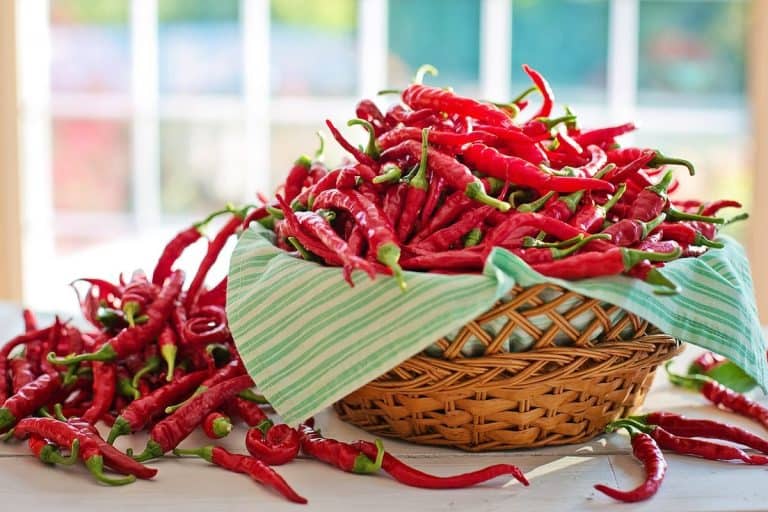
 Sparkling wines surpass still wines in Italian out-of-home consumption. Most popular during the aperitif
Sparkling wines surpass still wines in Italian out-of-home consumption. Most popular during the aperitif American Barbecue wins a Michelin star for the first time in history
American Barbecue wins a Michelin star for the first time in history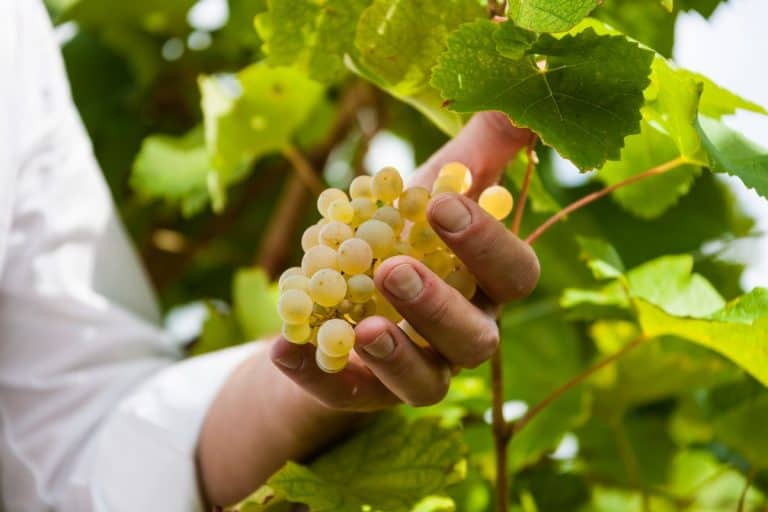 Prosecco Superiore: the 8 best selected by Gambero Rosso
Prosecco Superiore: the 8 best selected by Gambero Rosso Italian wineries face rising debts and falling revenues as wine industry grapples with economic uncertainty
Italian wineries face rising debts and falling revenues as wine industry grapples with economic uncertainty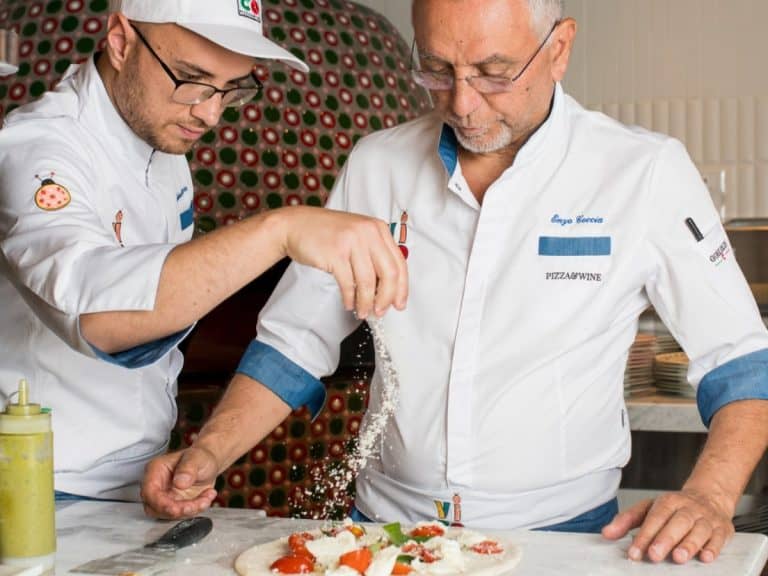 Enzo Coccia leaves Rome for an ambitious project in the United States: "but La Notizia stays"
Enzo Coccia leaves Rome for an ambitious project in the United States: "but La Notizia stays"


